
Create animated gifs with ease using this new iPhone app: Gif Shop!

Create animated gifs with ease using this new iPhone app: Gif Shop!

(via Dangerous Minds)
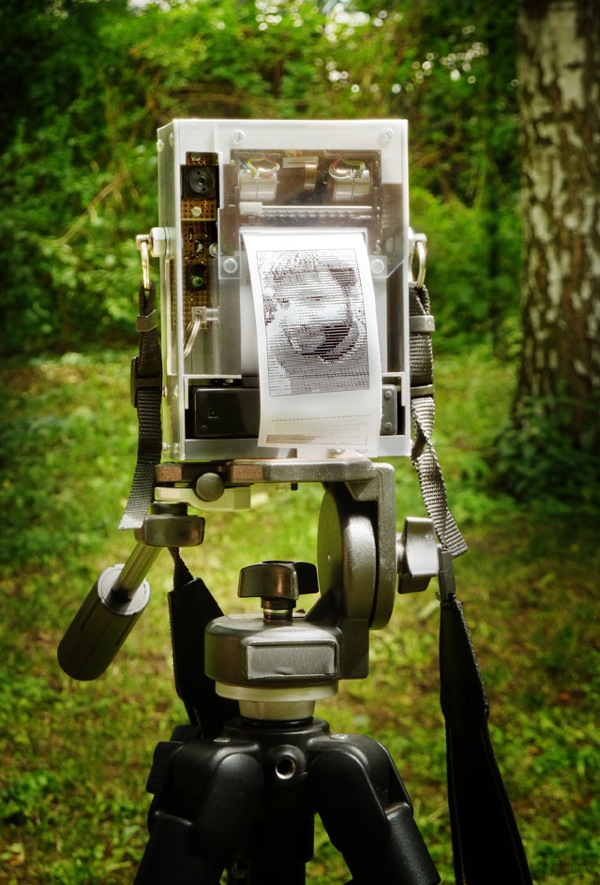
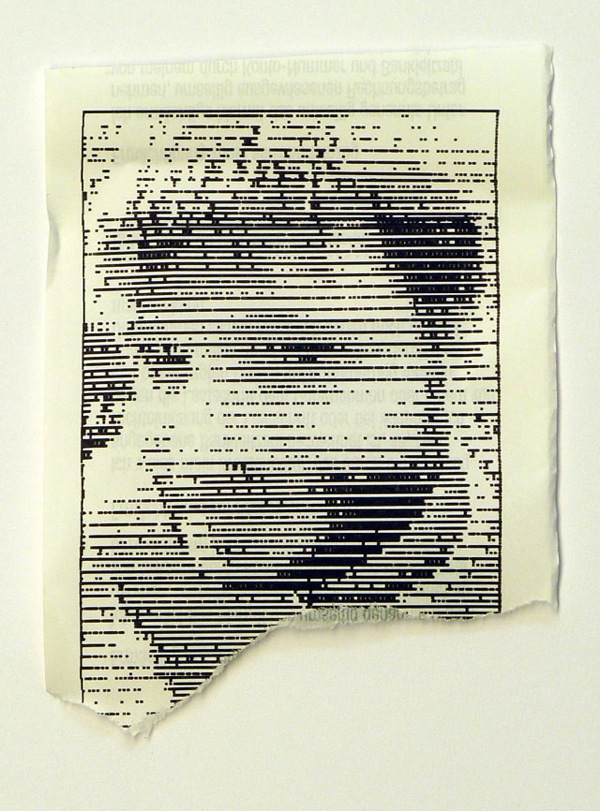
Electronic Instant Camera is a project by Niklas Roy. It’s a combination of an analog b/w videocamera and a thermal receipt printer.
“The device is something in between a Polaroid camera and a digital camera. The camera doesn’t store the pictures on film or digital medium, but prints a photo directly on a roll of cheap receipt paper while it is taking it. As this all happens very slow, people have to stay still for about three minutes until a full portrait photo is taken.”
(via today and tomorrow)
‘People Staring at Computers’ is a photographic intervention by Kyle McDonald:
“I wrote a simple application that took one picture every minute. If it found a face, it uploaded the photo to my server. I installed the app around NYC over three days, collecting more than a thousand photos.
Before sharing the photos online, I decided to exhibit them in the same places they were originally captured. So I wrote another app that could be remotely triggered after being installed on all the computers in one location. When the app starts up, it takes a picture and slowly fades in that photo. A moment later, it starts cycling through older photos.
Most people instinctively quit the app less than 10 seconds after recognizing their own face, so the exhibition was relegated to the unused machines.”
(Via F.A.T.)


(via 990000.tumblr.com)
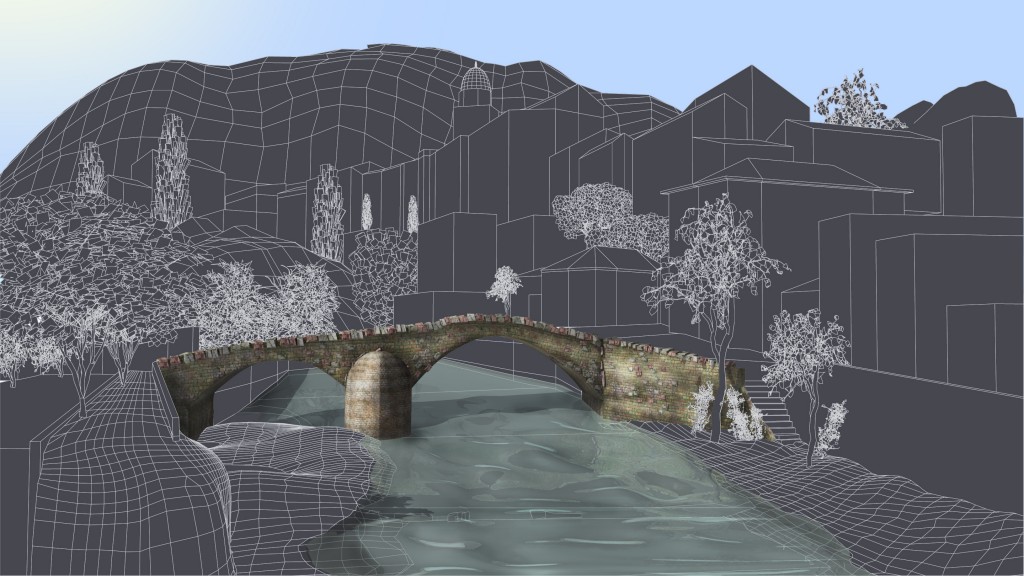
Senso Orario is an exhibition I curated in Voltaggio (Alessandria), a little town in the north of Italy.
Five contemporary artists (Bianco-Valente, Mariagrazia Pontorno, Tamara Repetto, Roberto Pugliese and Marcella Vanzo) created site specific works for the occasion. Here are some photos…

Sonja Vordermaier, Streetlampforest, 2010
‘Streetlampforest’ is a collection of 30 european streetlamps from different origins and times (Amsterdam, Berlin, Erfurt, Leipzig, Glasgow, Innsbruck, Milano, Hamburg, Prag, Cagnes-sur-mer (France), Sarajevo, Stuttgart, Belgrade, Lippstadt, Munich, Sofia, Trieste,Wolfsburg and Vienna).
(via pietmondriaan.com)
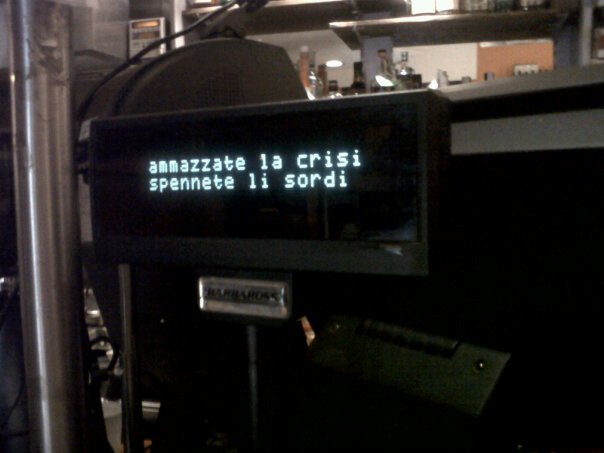


update: you should also take a look at Charlotte’s talk about Art Bollocks, inspired by this great article by Brian Ashbee.
(via wurzeltod)
David Byrne interviews himself for a Talking Heads´ film concert by Jonathan Demme…
(via pietmondriaan.com)
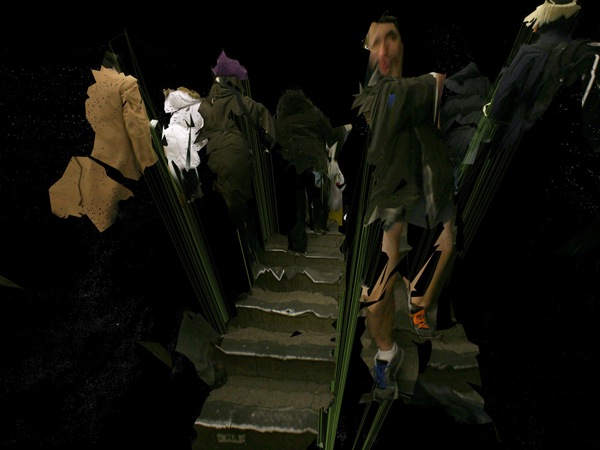
DepthEditorDebug by James George and Alexander Porter is a project that combines DSLR photography and Kinect depth sensor information.
More information about the project can be found here. A Flickr set with more images can be found here.

DataBot Mouse is very interesting experiment by Jan Barth and Roman Grasy:
The mouse is able to communicate three different properties of data. It can show you the weight of files and folders, by braking with different force, according to the file-size. Or you can set a custom weight for files, just like the color marking function in MacOSX. So you can find important files more easily.
The third property, the mouse can show you, is the activity of files and folders. By ‘breathing’ with different intervals, it shows how much a file was opened or how busy a folder has been recently.
(via today and tomorrow)
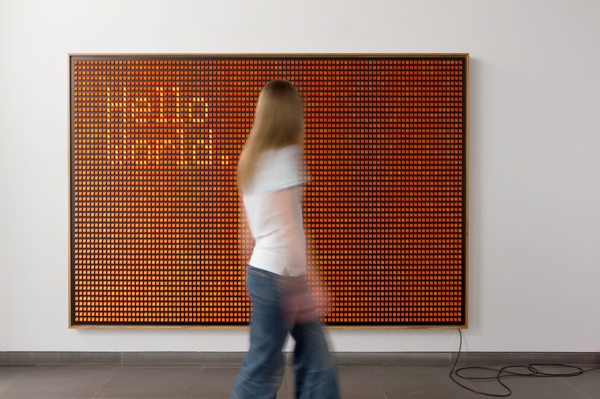

(via TRIANGULATION BLOG)
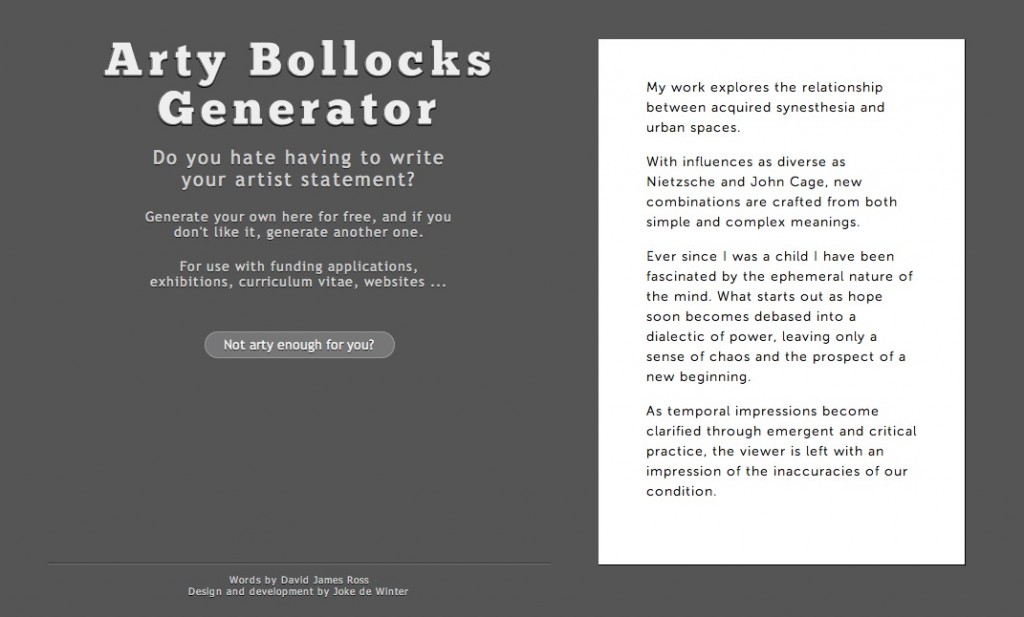
Do you hate having to write your artist statement? Try the Arty Bollocks Generator…
[via dangerous minds]
Ryan Trecartin’s ANY EVER is on view at PS1 NY from June 19 through September 3. This is the exhibition’s trailer…
(via Hyperallergic)

(via 72dpi)

Ellero Dual Death and Visual Ecosystem (Duplice morte Ellero ed ecosistema visivo) is a project by Riccardo Arena:
“Project B – “Ellero Dual Death and Visive Ecosystem “ (DM) has been developed through a narrative scheme built on the reorganization of a series of investigations which, through visual and textual anatomy, reflect on the concepts of identity, individuation and equality at a historical and symbolic level. The logic of the narrative is structured through an “archive paradigm”, within which, studies, journals, notes and views are rearranged in a kaleidoscopic game of substitution and rearrangement of parts.
The project foresees the making of a video 30/40 minutes long associated with a series of art works made with different techniques and a book that will state the stages of the development of the project.”
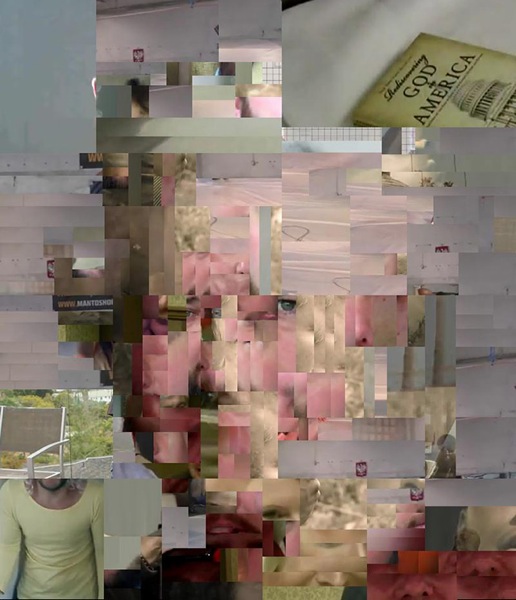
Content is Queen is a generative video painting by Sergio Albiac:
“At the same time, is a paradoxical dialogue and strange marriage between the banal and utterly majestic: to create the series, the most popular (in a truly democratic sense) internet videos of a given moment are used as the input of a generative process that ‘paints’ with action the image of a contemporary Queen.”
(via today and tomorrow)

BYOB Venice has been short (rain came to disturb us after a couple of hours), but very cool!
More info: http://www.byobworldwide.com

Allora & Calzadilla / Padiglione USA